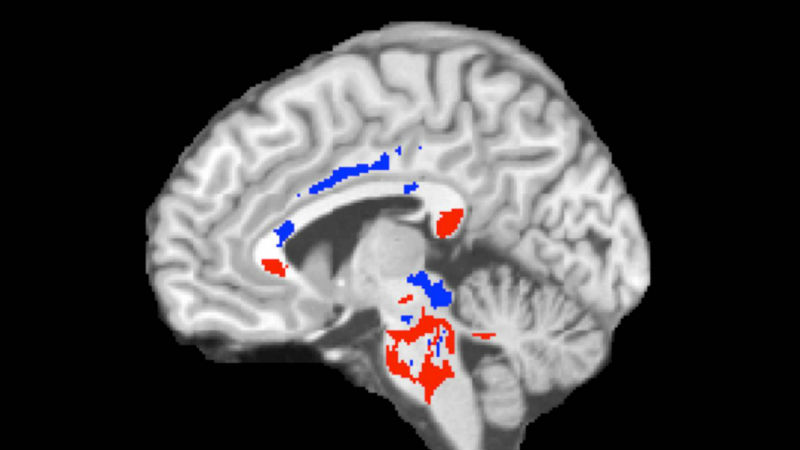
(Credit: Stock)
Researchers hope to reduce unnecessary CT scans and radiation exposure in children with head injuries, following the results from a large-scale, multicentre validation study to assess the diagnostic accuracy of three clinical decision rules used by emergency doctors.
Head injuries are one of the most common reasons children are taken to emergency departments. To rule out a serious brain injury, a percentage of these children require a CT scan and while this process is obvious for serious head injuries, it’s more challenging to determine whether CT scans are necessary for children with milder injuries.
The results from the Australasian clinical trial will help inform the use of the clinical decision rules for head injuries, which in turn could minimise CT scans, according to Lead investigator, Murdoch Children’s Research Institute’s Associate Professor Franz Babl.
“The aim of this study was to determine which children need CT scans to detect brain injury,” says A/Prof Babl.
“Most head injuries are mild and don’t require neurosurgical management, however, a small proportion of patients might present as having mild injuries, but have clinically significant intracranial injuries,” he says.
“This can be a vexed issue because physicians need to balance the importance of diagnosing an injury with reducing radiation exposure as much as possible.
“The preferred course of treatment is to avoid a CT scan in minor head injuries if it is unnecessary. In particular, there is concern about the high radiation dose associated with CT scans of the head which can lead to cancer.”
In these cases, clinicians can turn to clinical decision rules, which have been developed to identify children at high risk of intracranial injuries, aiming to assist clinicians to minimise CT scans while still identifying all relevant injuries.
In a prospective observational study, run across 10 Australian and New Zealand tertiary hospitals and involving, 20,137 children under the age of 18 years with head injuries, the research team compared three clinical decision rules:
- The Pediatric Emergency Care Applied Research Network (PECARN, USA)
- The Canadian Assessment of Tomography for Childhood Head Injury (CATCH) rule
- The Children’s Head Injury Algorithm for the Prediction of Important Clinical Events (CHALICE, UK).
The goal was to determine which of these three decision rules provided the best option when it came to identifying children at very low risk of a traumatic brain injury. The researchers found that all three rules were good options, but only one, the PECARN from the US, did not miss a single patient requiring neurosurgery.
Based on the research findings, the next step is for the group of emergency physicians to develop national approaches to optimise the management of children with head injuries in Australia and New Zealand.
Internationally, the findings will provide a useful starting point for individual clinicians as well as hospitals or regional bodies contemplating the introduction or modification of one of the clinical decision rules, according to A/Prof Babl.
“However, it will be important to relate the findings to a number of other factors before implementation, such as the baseline CT use, the effect of the rules on the projected CT rate, the baseline clinician diagnostic accuracy and experience, parental expectations, the medico-legal climate and economic considerations.”
The outcomes from the clinical trial were recently published in The Lancet.
In The Lancet article, the researchers commented that patients reflected an Australia and New Zealand cohort from tertiary children’s hospitals, which had much lower neuro-imaging rates than those reported from the USA and Canada.




